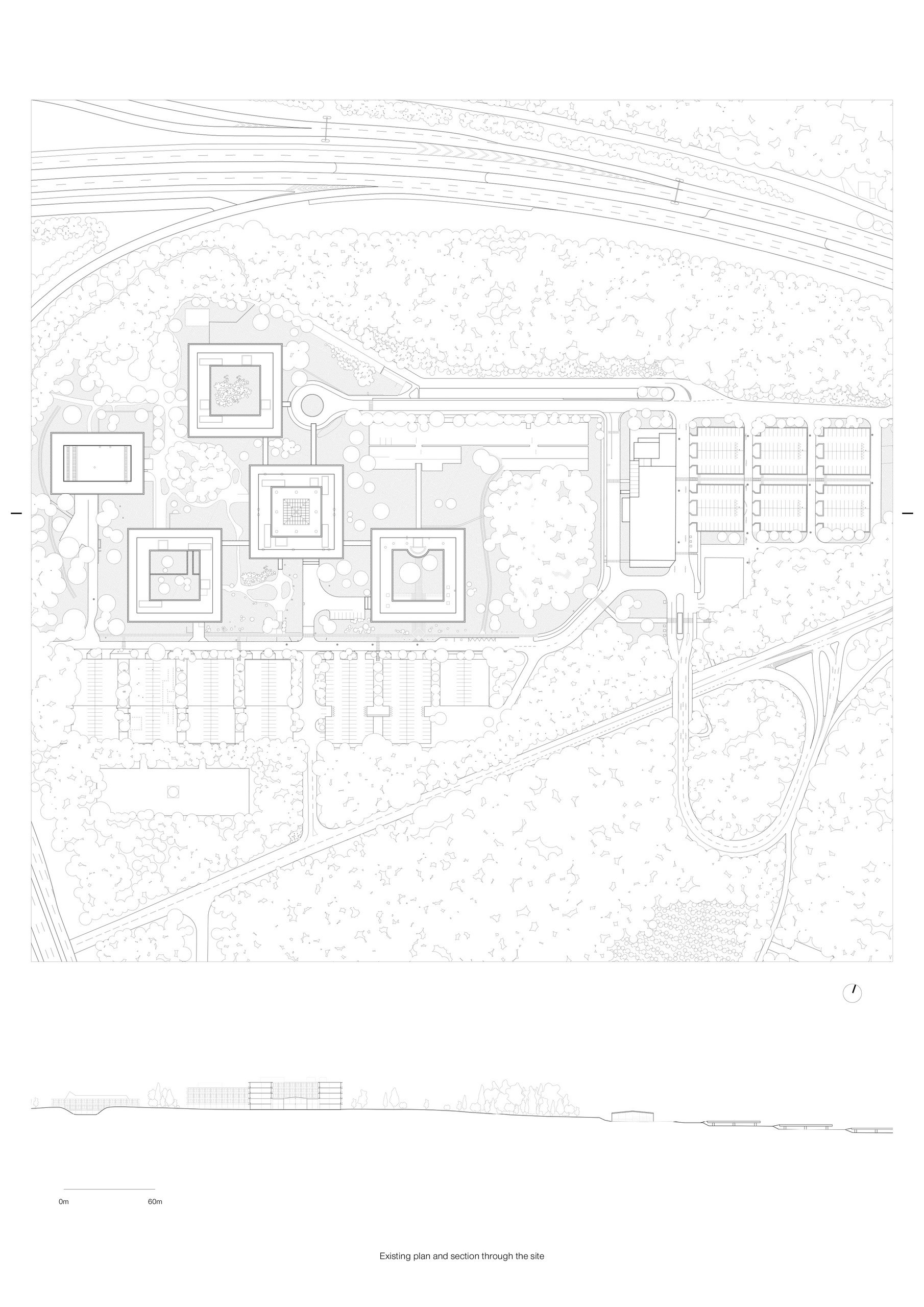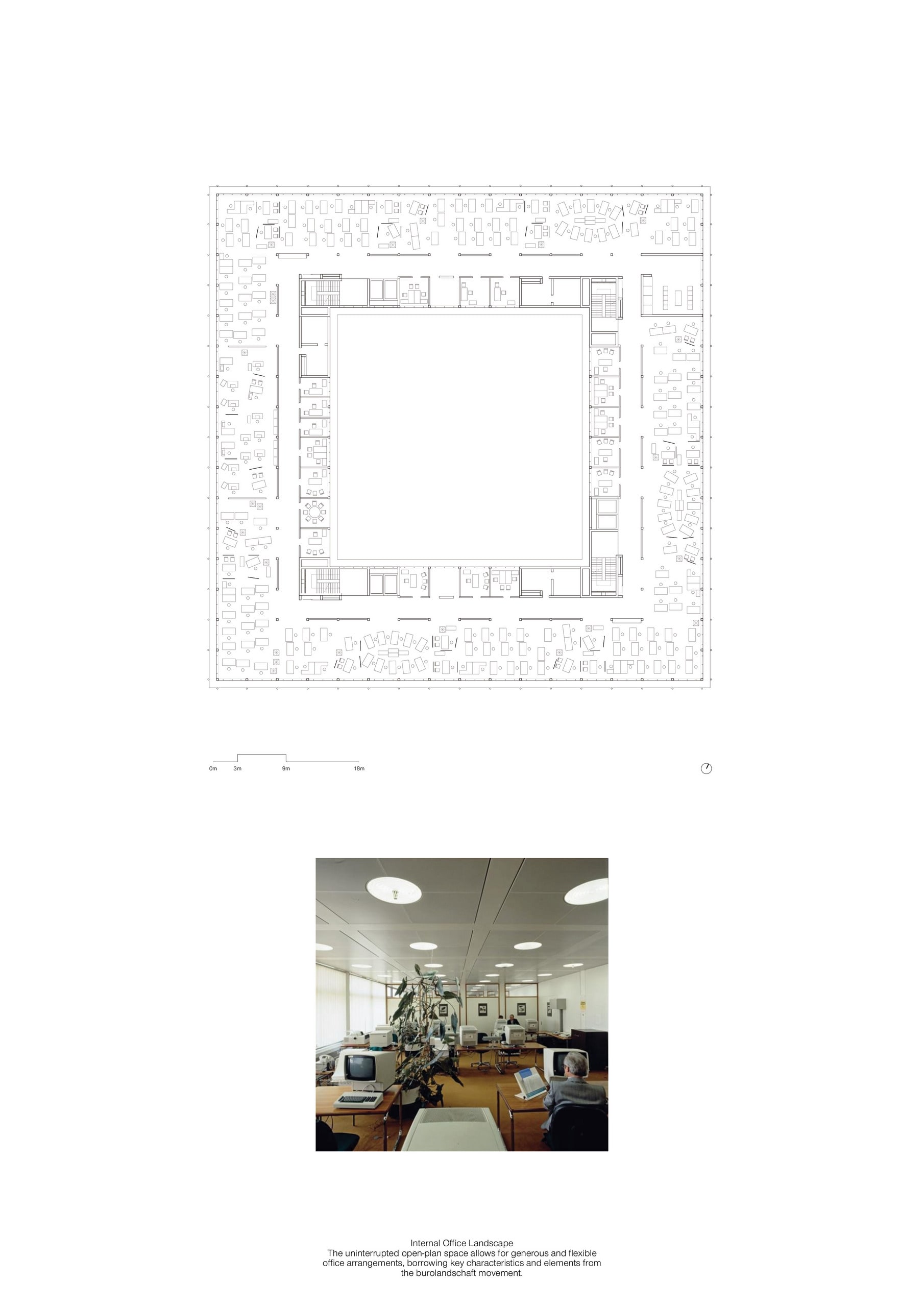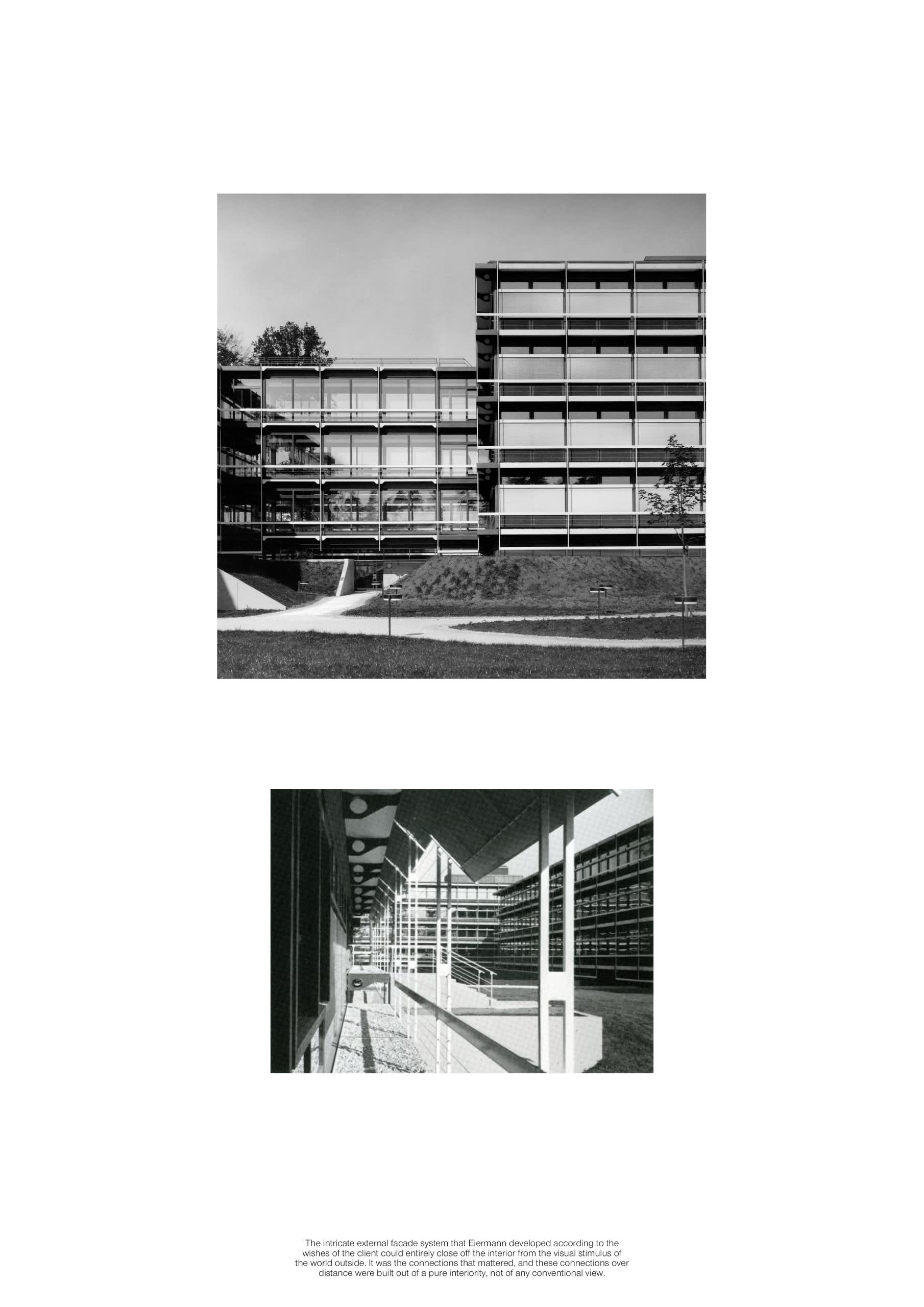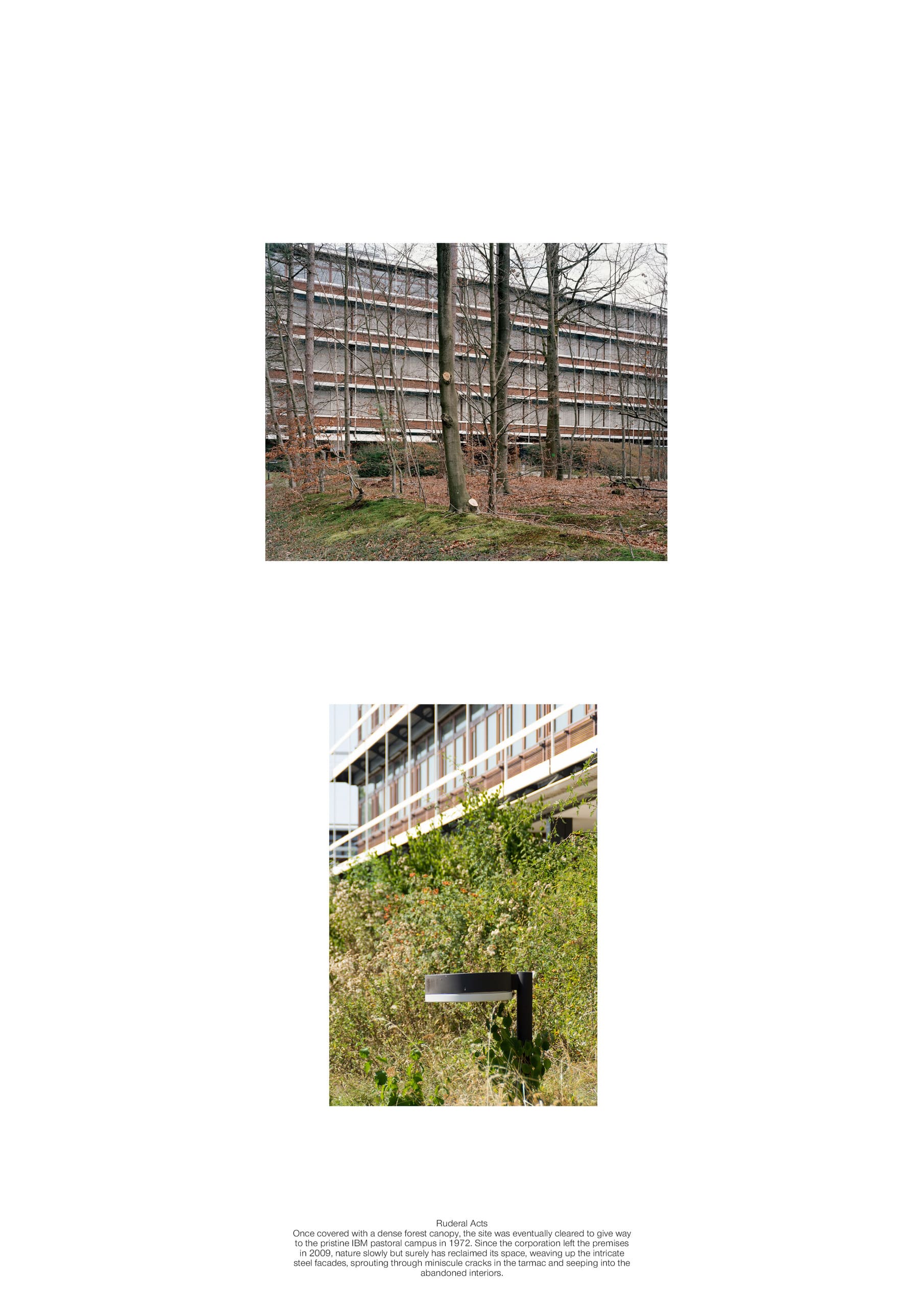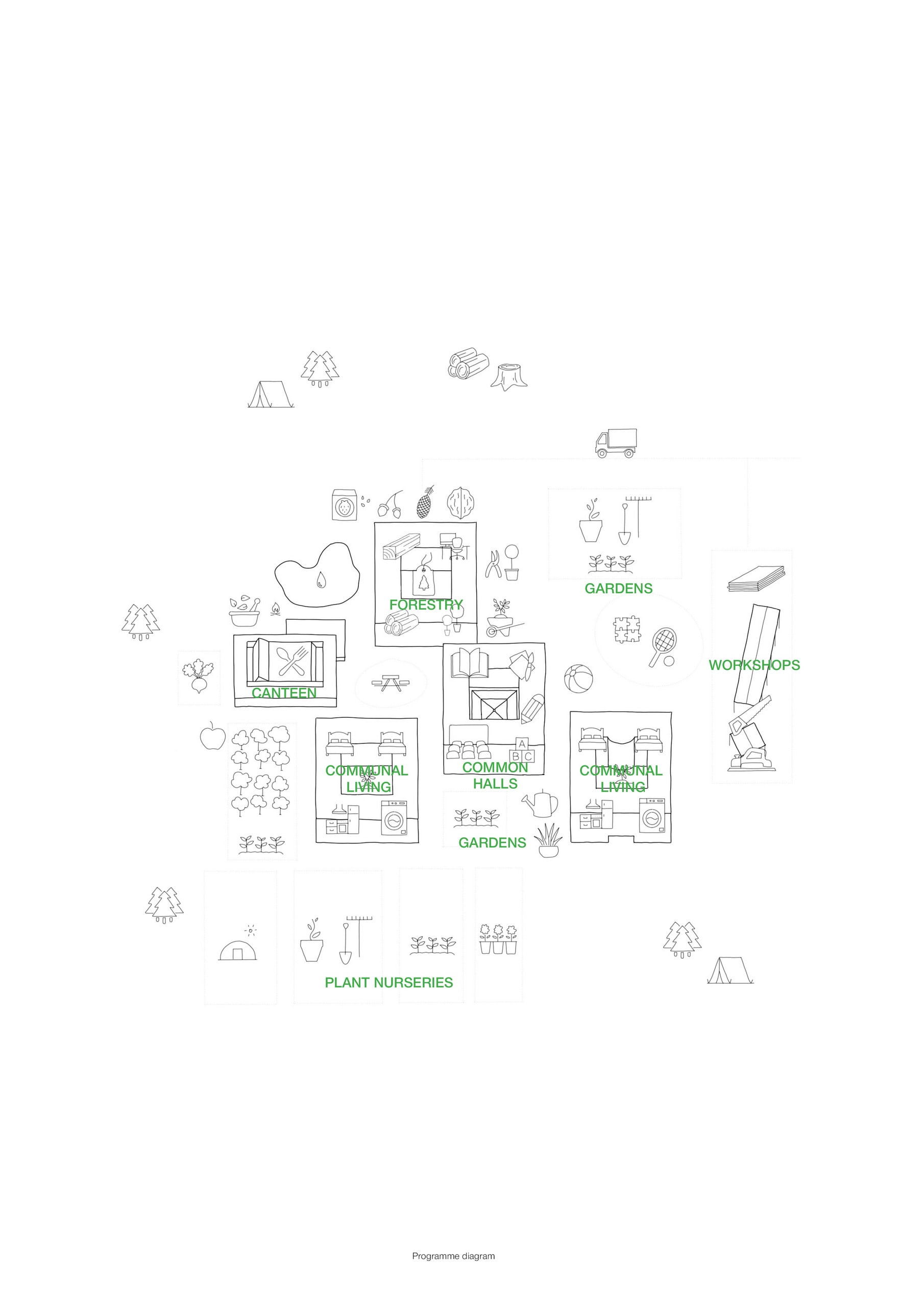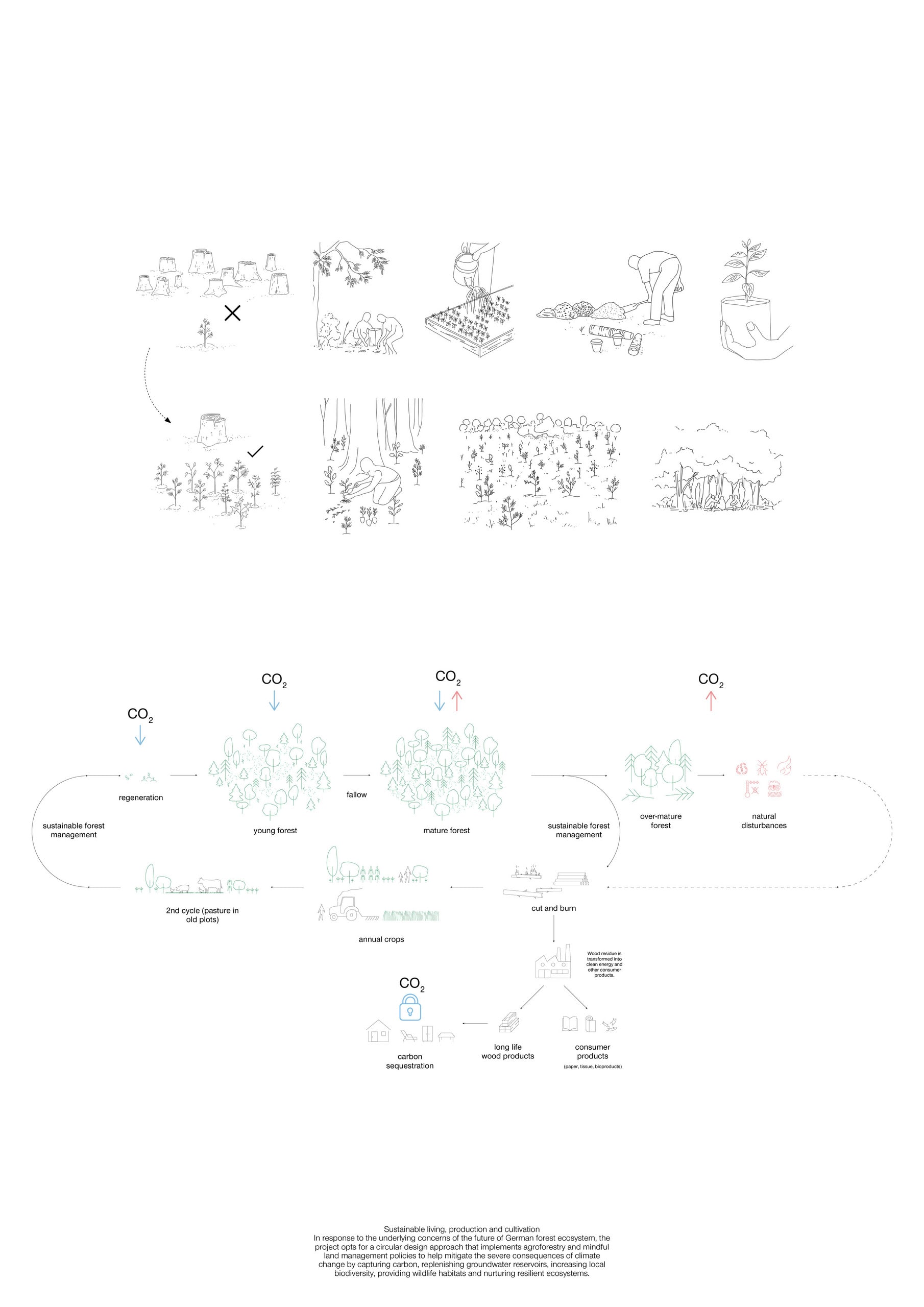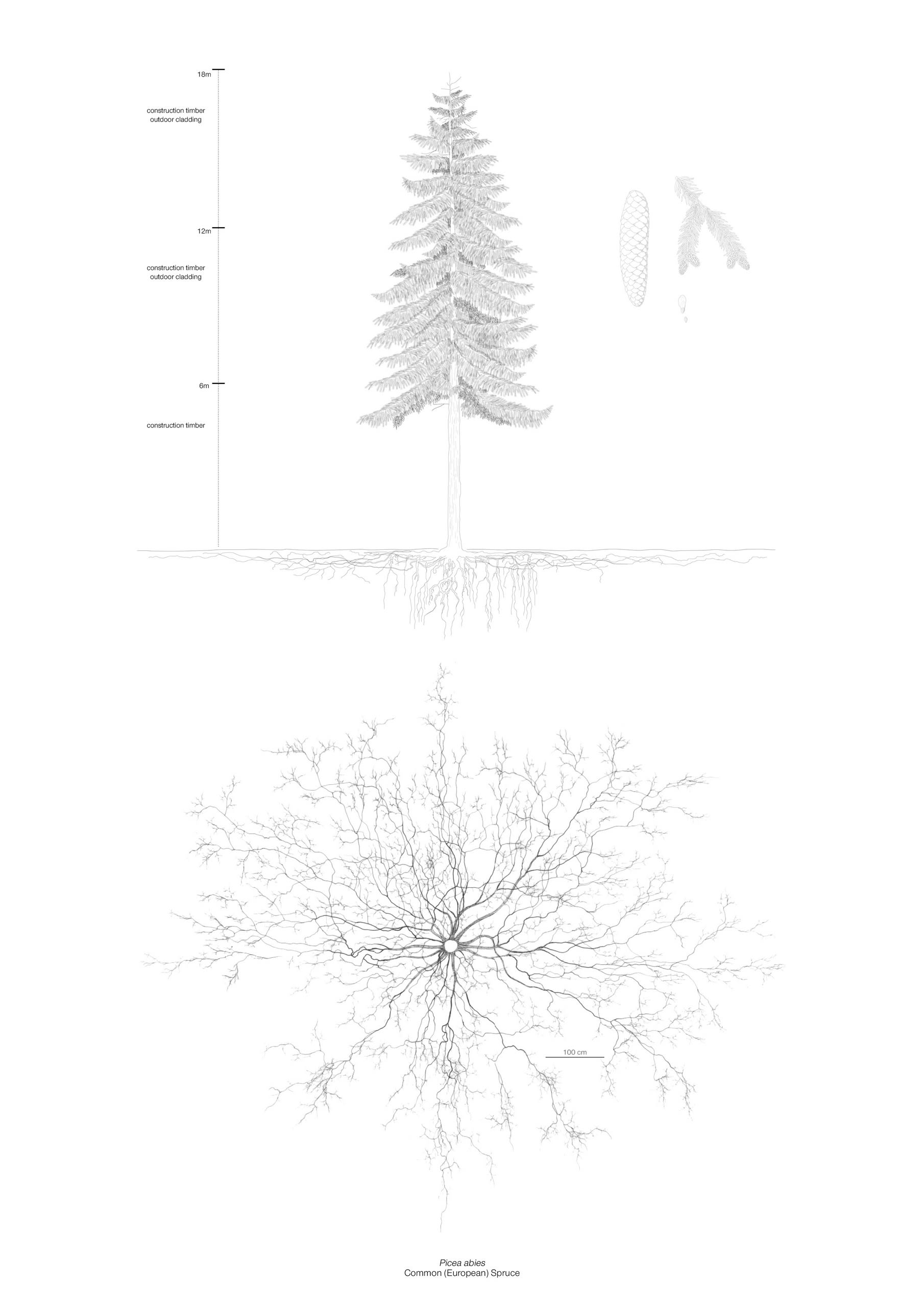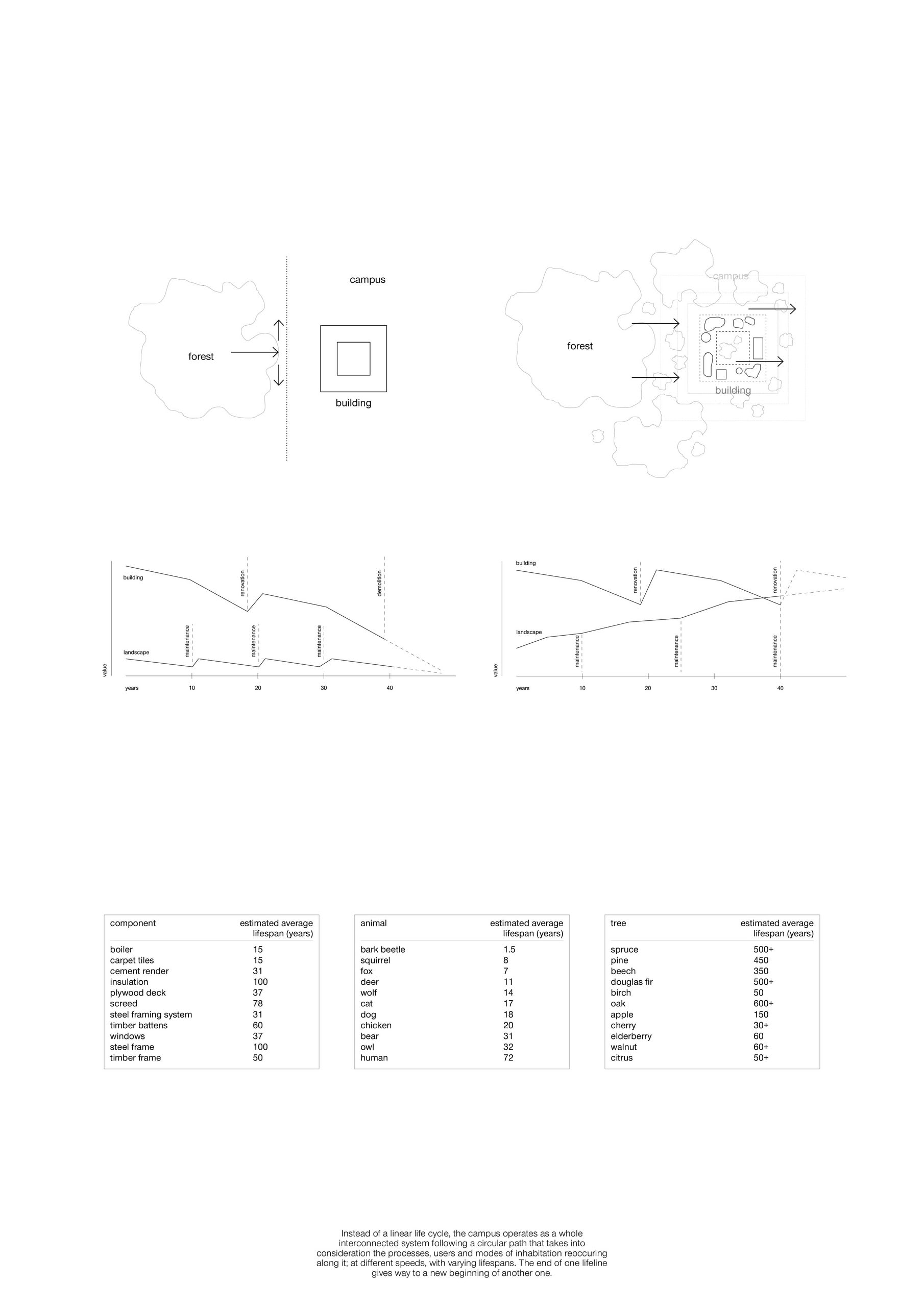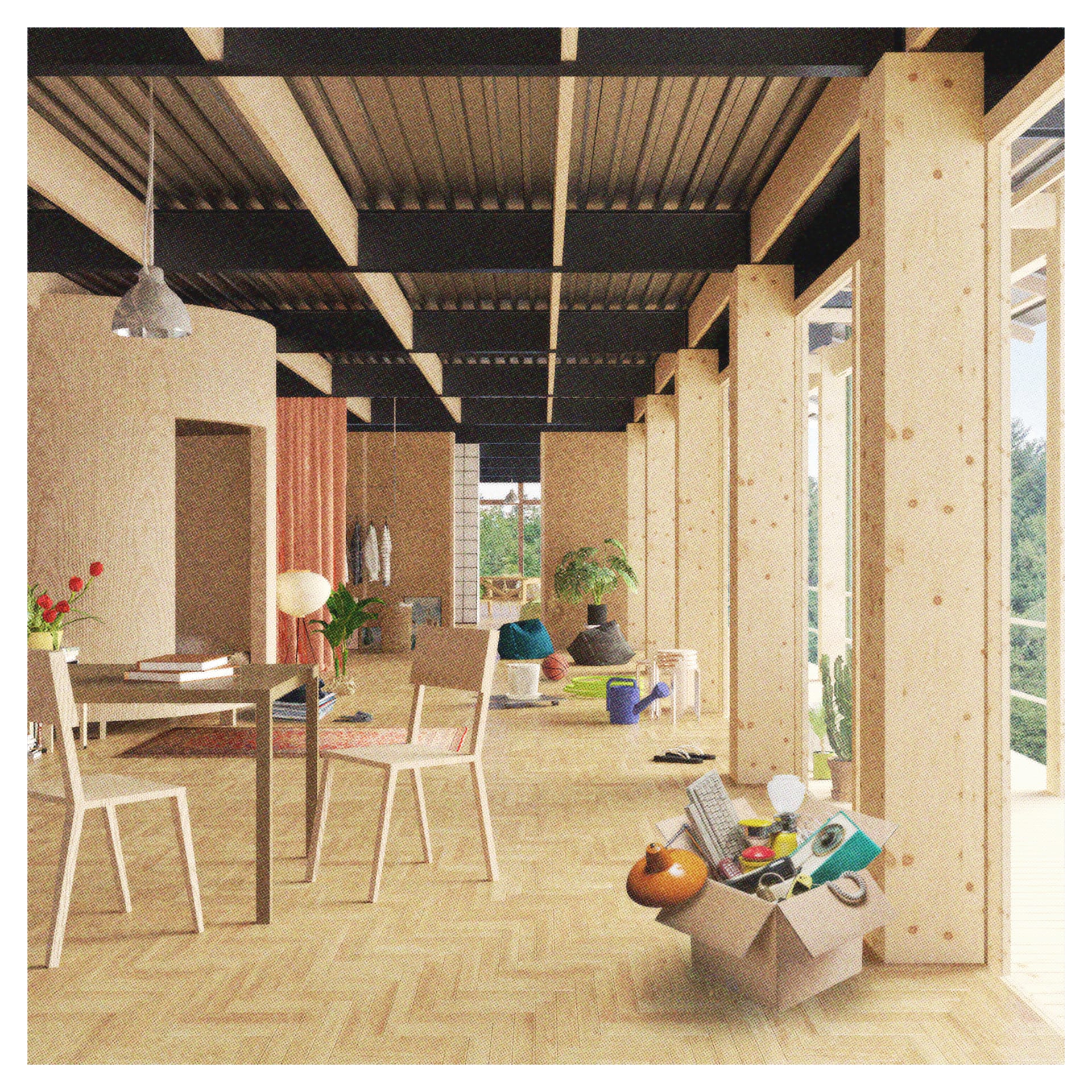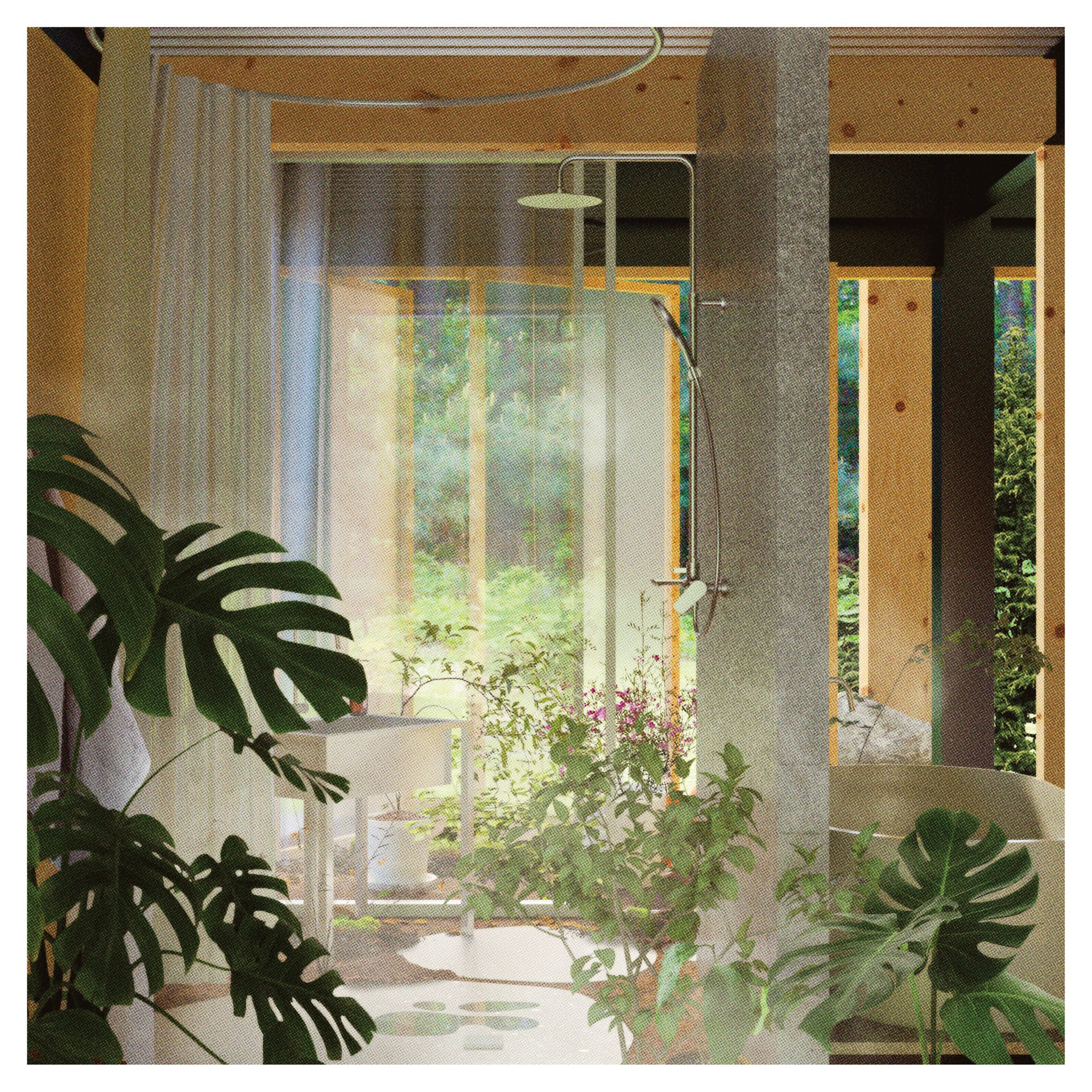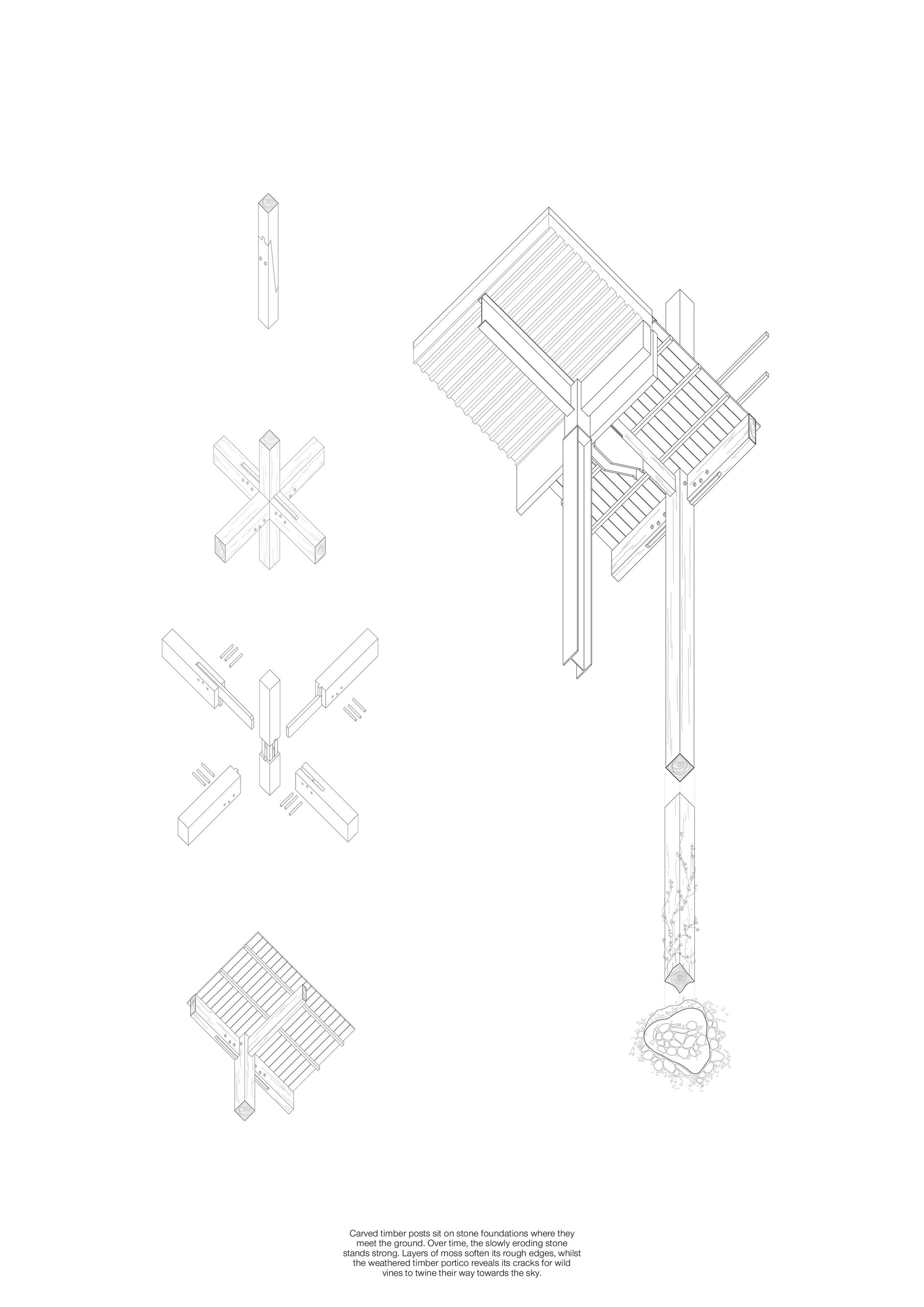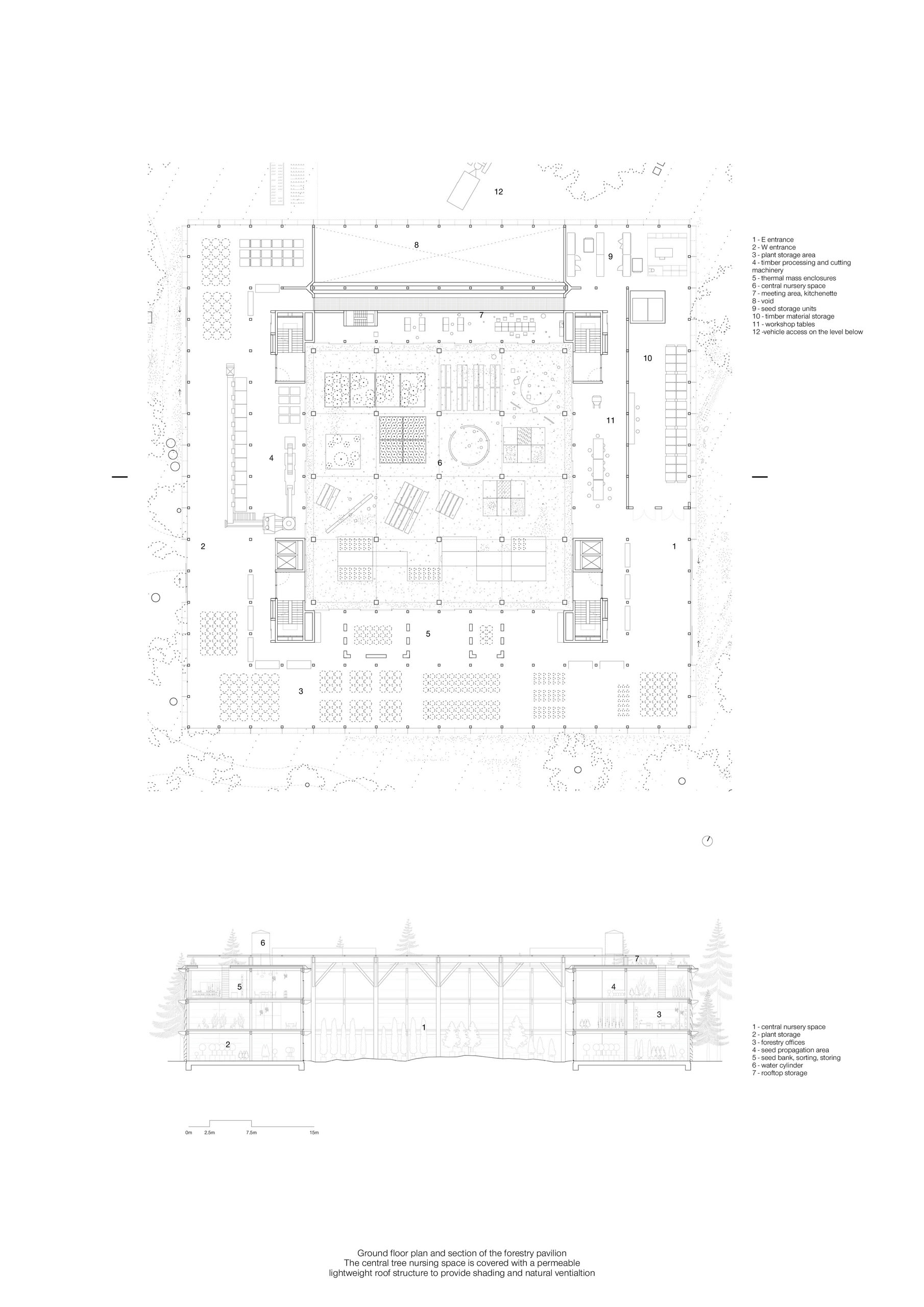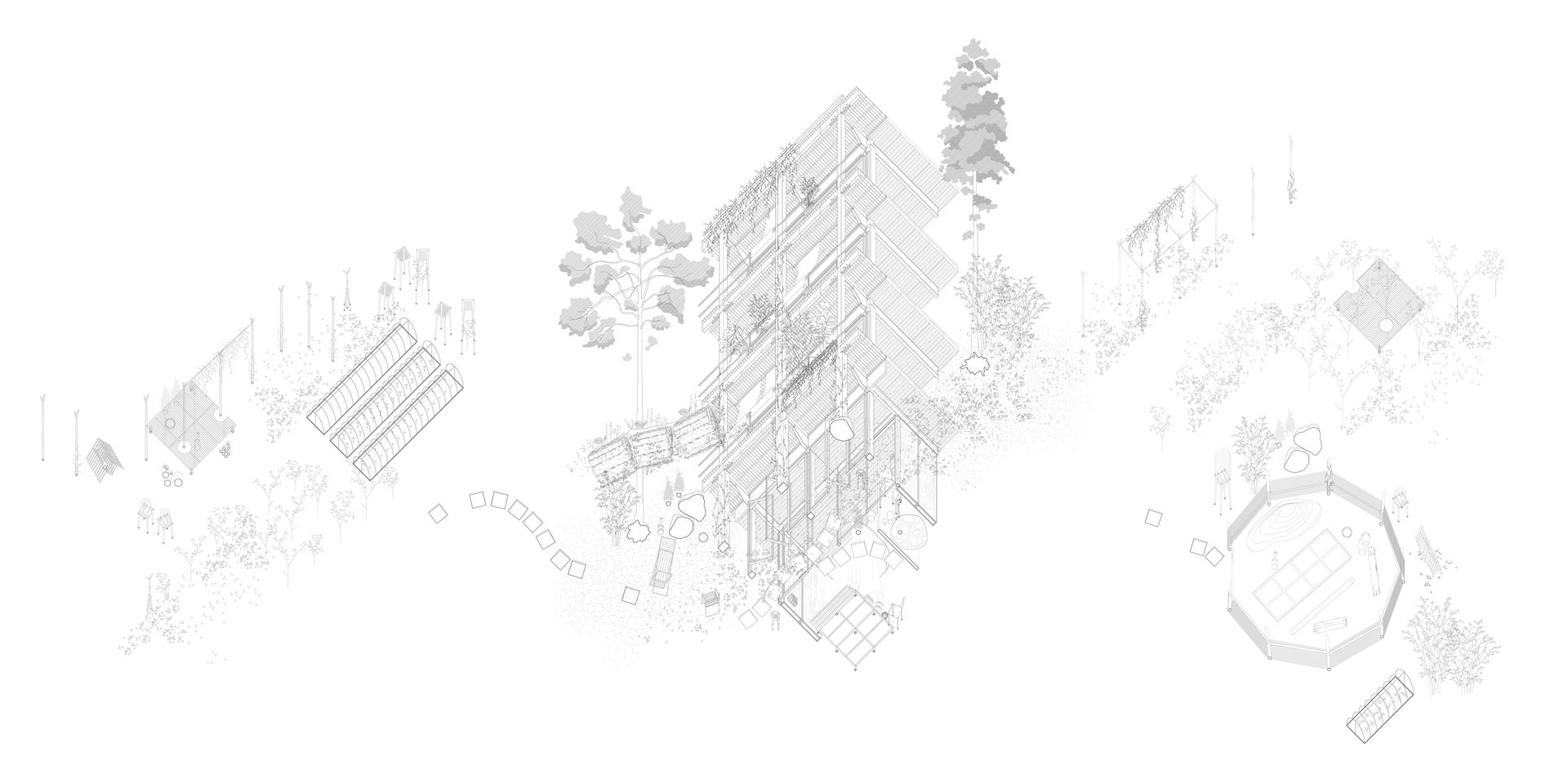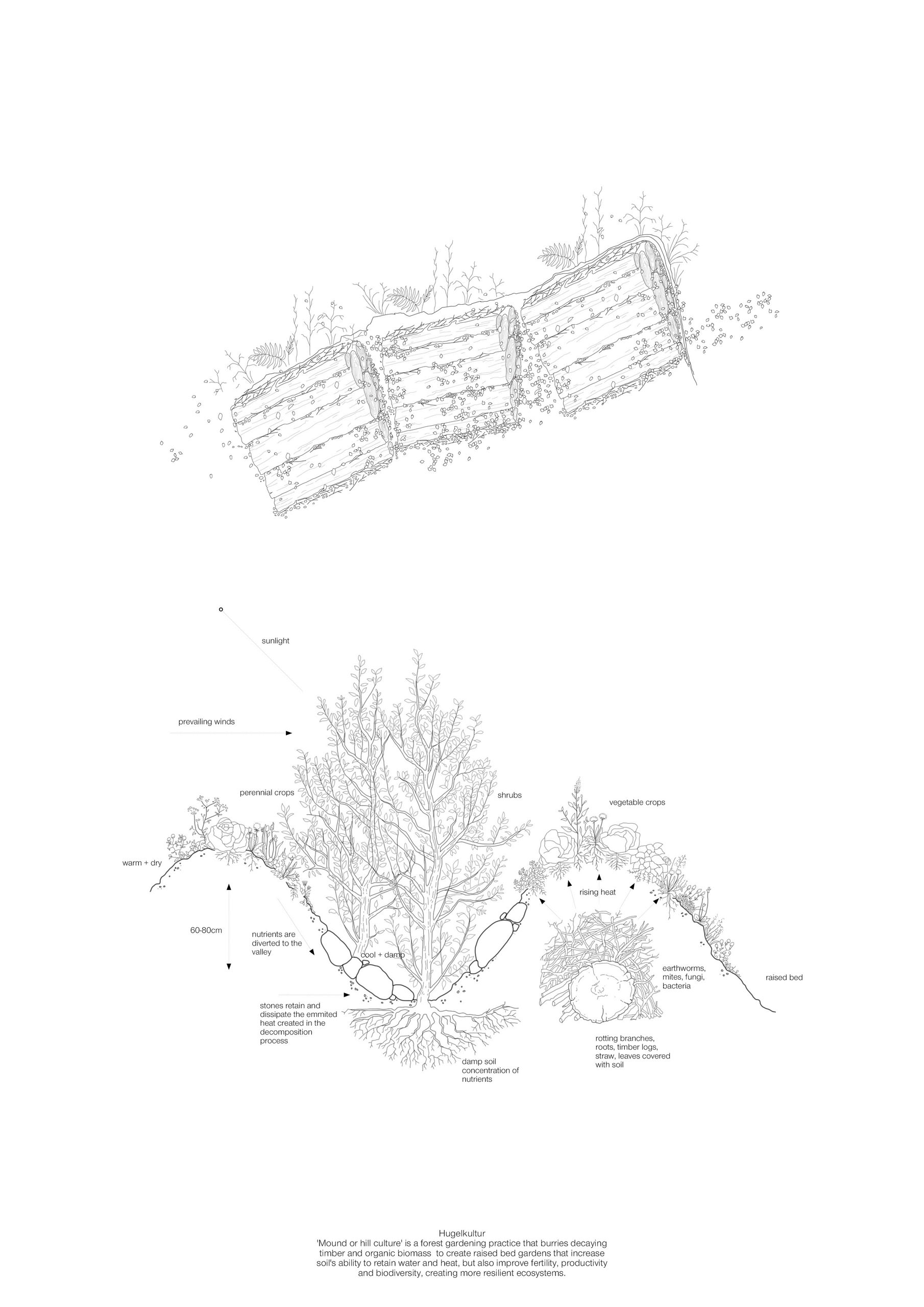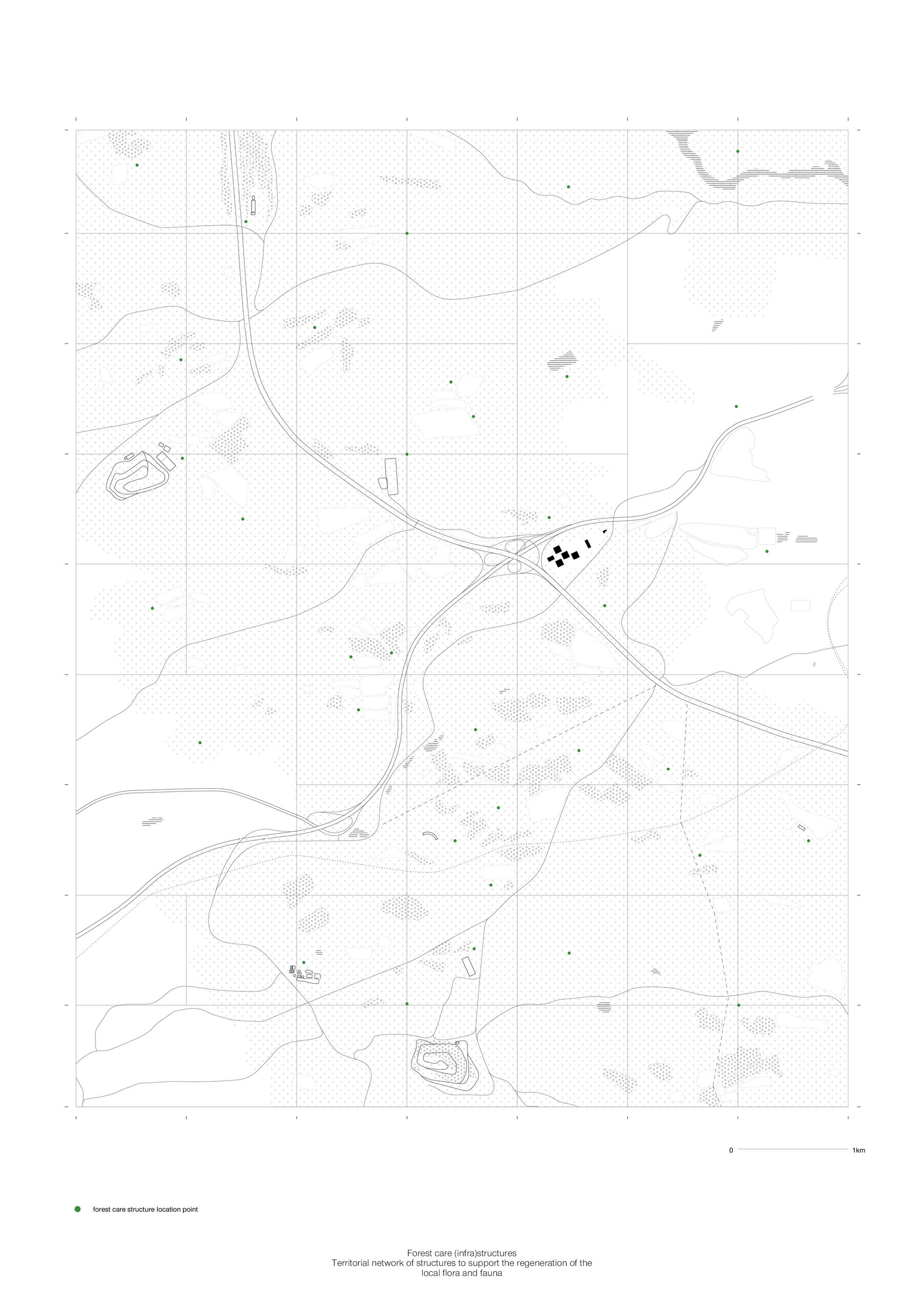Amanda Dolgā grew up in Riga, Latvia and moved to London five years ago to study architecture at UCL. Last year she was in ADS10 where her project looked at everyday food surplus in the contemporary urban condition and our unsustainable relationship to food and how this could inform the possibility of creating a new form of civic space for improved collective everyday eating rituals and nutrition.
Amanda sees architecture as a practice that offers the potential and carries the responsibility of positive transformations for communities. A certain extent of spatial generosity and ambiguity in design can give way to exciting and unexpected forms of spatial inhabitation and appropriation. Her current work responds to global socioeconomic factors and climate challenges and pursues the exploration of the relationship between nature and architecture. It is crucial to address the built environment as part of the totality of the existing ecological systems, starting from the ecology of materials and accommodating the everyday uses of future communities.




